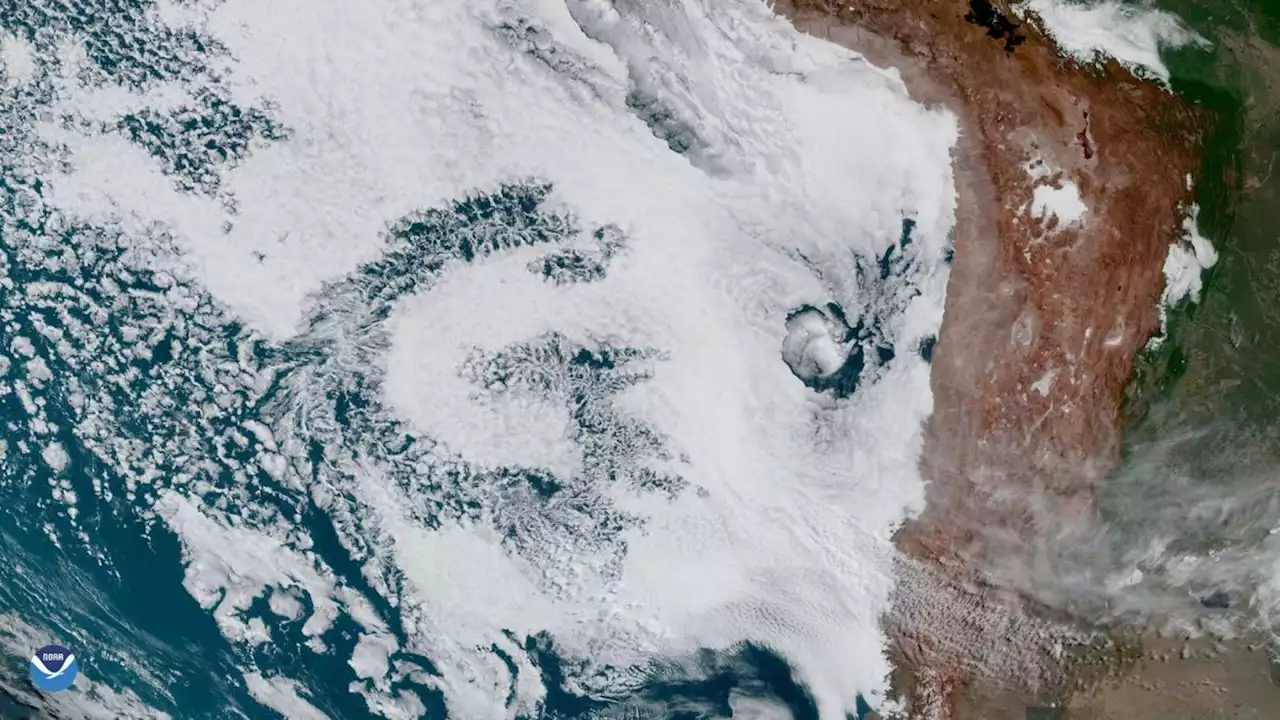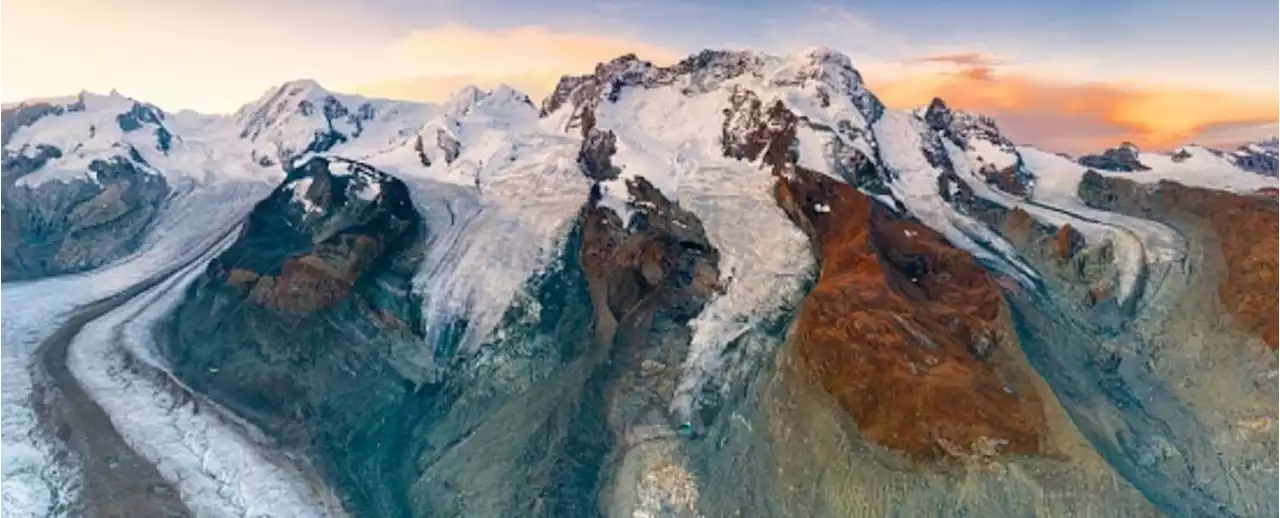NASA has been monitoring Earth's sea levels from orbit for over 30 years. Here's why measuring from space is actually easier than doing it terrestrially.
Climate change is an imminent threat to humanity’s future, but the global climate is so complex that it’s often hard to even see the scale of the problem. One of the best ways we have to measure climate change might not be what you expect – because it’s not about measuring the land or the atmosphere. Instead, to learn about climate change, we need to measure the ocean.
Our scorecard for climate change Sea level rise isn’t only important to understand the changing oceans. It’s also one of the most valuable tools we have for measuring climate change as a whole. “In a way, it’s a scorecard,” Willis said. “It’s our scorecard for how we’re doing with the climate.” “The rate of rise of the oceans isn’t steady. It’s actually increasing,” Willis said. “In the early part of the 20th century, oceans were rising at a rate of around two millimeters per year. By the 90s or 2000s, it was more like three. And now it’s been four and five millimeters per year. So the rate of rise has more than doubled in the last hundred years. And it’s going to continue to increase faster and faster.
“It’s the first time we’ve decided as a community to do this for the long term – to commit to doing sea level rise measurements from space, not just one satellite at a time,” he said. “Sea levels aren’t going to stop rising any time soon, we’re not going to be able to quit measuring it, so we need to have this continuity of measurements across missions.”
The instruments on Sentinel-6 are relatively simple, conceptually at least. There’s the radar, which sends radio waves down to the surface to measure the distance between the satellite and the ocean, the positioning systems that give information about the satellite’s altitude so this can be subtracted from the sea level measurements, and then one more important instrument called a radiometer.
But there are other factors that affect sea levels as well. This includes the weather as changes in atmospheric pressure allow the sea to dome up when pressure is low, the tides and ocean currents, and even the gravity of underwater mountains, which cause peaks to appear in the sea level above them. The researchers using data from Sentinel-6 to measure sea level rise have to account for these other factors by considering data on atmospheric conditions and maps of the gravity field of the ocean.
United States Latest News, United States Headlines
Similar News:You can also read news stories similar to this one that we have collected from other news sources.
 Earth tells us to 'GO' in weird cloud message seen from space (photo)Is it a message from Mother Earth or a trick of the human brain?
Earth tells us to 'GO' in weird cloud message seen from space (photo)Is it a message from Mother Earth or a trick of the human brain?
Read more »
 NASA Wants to Send Nudes to SpaceThe project is scientists’ latest effort to make contact with other intelligent (sensual?) life in the universe
NASA Wants to Send Nudes to SpaceThe project is scientists’ latest effort to make contact with other intelligent (sensual?) life in the universe
Read more »
 Here's a Glimpse at a Future Hothouse Earth if Greenhouse Gasses Aren't CurbedThroughout our planet's history, Earth has fluctuated between a hothouse and an icehouse.
Here's a Glimpse at a Future Hothouse Earth if Greenhouse Gasses Aren't CurbedThroughout our planet's history, Earth has fluctuated between a hothouse and an icehouse.
Read more »
 See SpaceX's Crew-3 Dragon capsule streak back to Earth in these amazing photosFour astronauts came back to Earth Friday (May 6), splashing down off the coast of Florida.
See SpaceX's Crew-3 Dragon capsule streak back to Earth in these amazing photosFour astronauts came back to Earth Friday (May 6), splashing down off the coast of Florida.
Read more »
 One of the deadliest places on Earth to have a babyPost Reports is the daily podcast from The Washington Post. Unparalleled reporting. Expert insight. Clear analysis. Everything you’ve come to expect from the newsroom of The Post. For your ears. Martine Powers is your host, asking the questions you didn’t know you wanted answered. Published weekdays by 5 p.m. Eastern time.
One of the deadliest places on Earth to have a babyPost Reports is the daily podcast from The Washington Post. Unparalleled reporting. Expert insight. Clear analysis. Everything you’ve come to expect from the newsroom of The Post. For your ears. Martine Powers is your host, asking the questions you didn’t know you wanted answered. Published weekdays by 5 p.m. Eastern time.
Read more »
